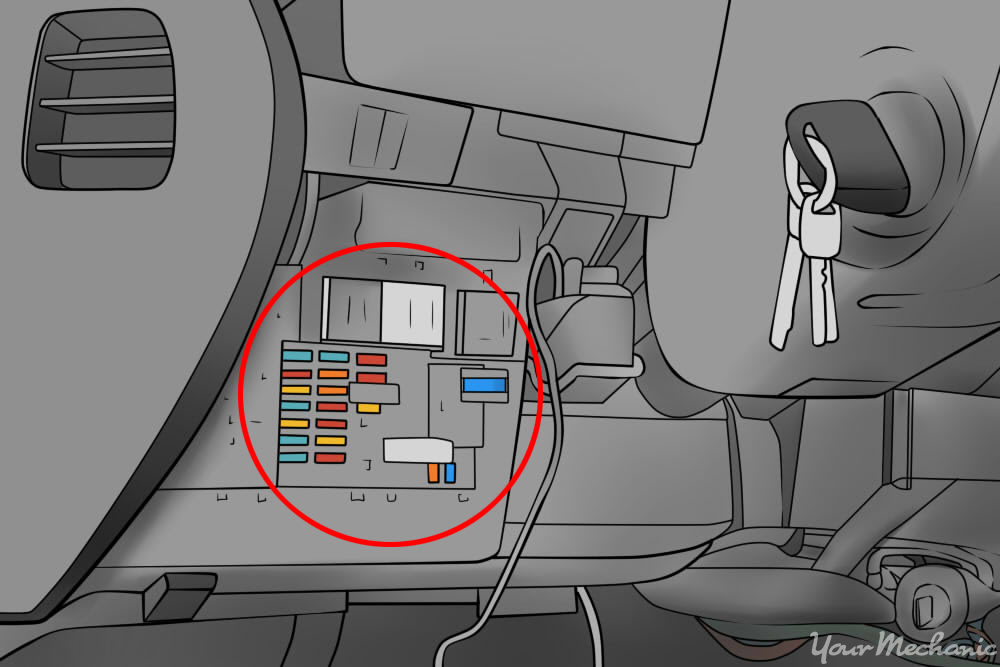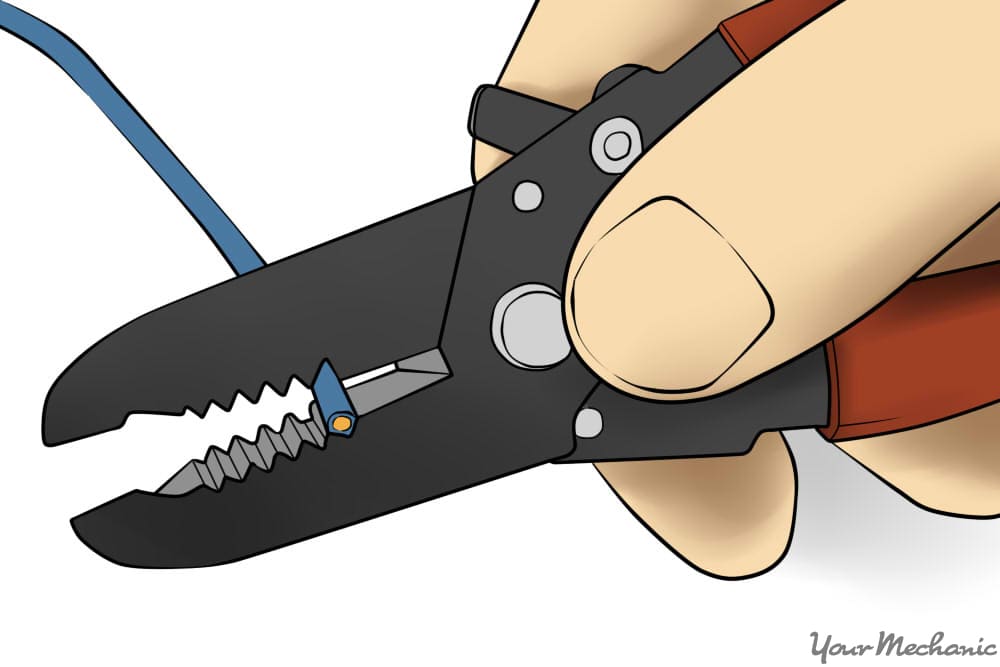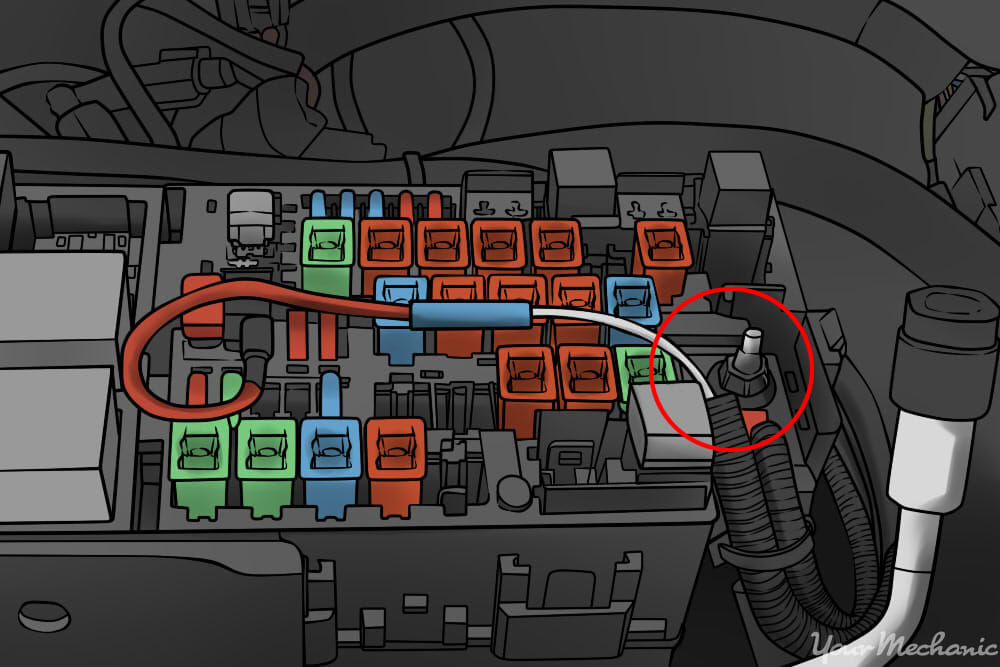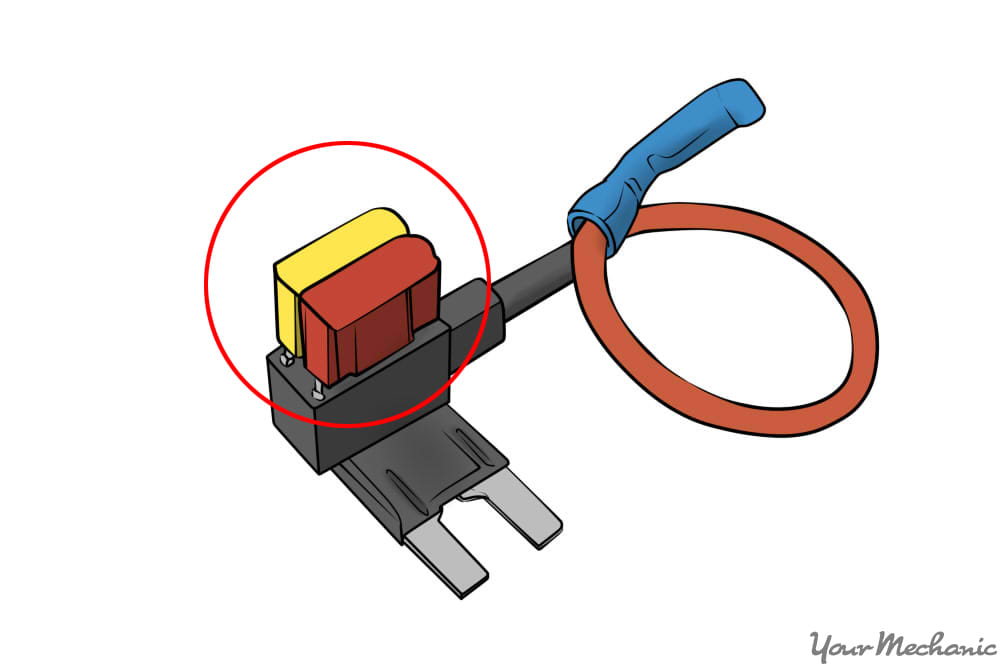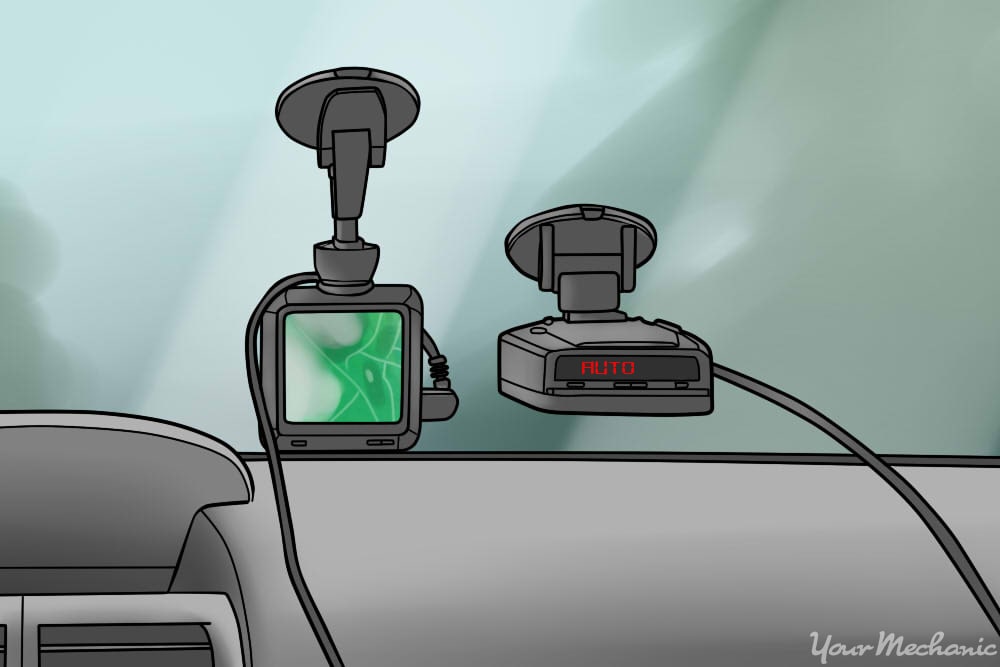

A radar detector can give you early warning when you’re about to enter an area where a police officer is using a radar gun. A radar detector can save you the expense of incurring a speeding ticket. When installing a radar detector, you have a few choices to make, including where to install the device and how to power it. Whether you hardwire the detector or use a battery-operated device, by following a few quick and easy steps you can ensure that you get the most out of your radar device.
Method 1 of 2: Installing a battery-operated radar detector
Materials Needed
- Batteries
- Microfiber cloth
- Radar detector
- Radar detector bracket with suction cup (or clip)
- Window cleaner
You can use a battery-operated radar detector to do away with unsightly wires and give your vehicle a cleaner and more orderly appearance. A battery-operated radar detector is also easier to stow away when parked. Some of the areas on which you can mount this device include the window (via a suction cup), clipped to the visor, on the dash, and even under the rearview mirror.
- Warning: Before installing any aftermarket device in your vehicle, find out the laws in your state concerning where you can place such equipment. Many states prohibit installing devices that obstruct your view, including on the front windshield. Some states even prevent the use of radar devices in certain instances, such as on military bases and while driving a commercial vehicle, so make sure to know the laws fully.
Step 1: Clean your windshield. If attaching the radar detector to an area of your windshield, make sure to clean the area thoroughly with window cleaner and a microfiber cloth. This should help the suction cup stick to the glass surface better.
Step 2: Attach the suction cup to the window. Make sure it’s securely attached. If you’re attaching it to the sun visor, use a clip attachment.
Once the suction cup is attached to the window, make sure the radar detector bracket is also attached.
Step 3: Insert the batteries. Place the appropriate size batteries into the radar detector. Slide the radar detector into the bracket.
- Tip: In addition to batteries, you can find radar detectors that are powered via a power cord that attaches to the 12-volt auxiliary outlet.
Method 2 of 2: Installing a hardwired radar detector
Materials Needed
- Add-a-circuit power cable
- Flathead screwdriver
- Fuse (the same size that your vehicle radio uses)
- Microfiber cloth
- Power cable with ground wire (compatible with your radar detector)
- Radar detector
- Radar detector bracket with suction cup (or clip)
- Window cleaner
- Wire cutter/crimper
The hardwire method uses a device called an Add-A-Fuse to tie into the vehicle's fuse box. A hardwired connection means your radar detector has power while the vehicle is on.
- Tip: Make sure to attach the add-a-circuit to a device that turns off along with the vehicle, such as your vehicle's radio, so that when you turn the vehicle off, the radar detector is off.
Step 1: Check to see what type of fuse powers your vehicle's radio. The fuse panel is usually under your dashboard to the left of the steering wheel, or under the hood.
The fuse powers are usually one of the smaller variety of fuses. When picking a fuse to use for the radar detector, use one with the same resistance as your current radio fuse.
- Warning: Do not use too large of a fuse for the radar detector, as this can lead to your detector becoming damaged if the current is too much for your device.
Step 2: Cut the connector. Cut off the connector at the end of the cord that provides power with a wire cutter/crimper. This wire is usually red or has a red line down the middle of the wire shielding.
Strip the wire shielding the end of the power cable with the wire cutter/crimper.
Insert the power cable into the receiving end of the wire for the add-a-circuit cord, crimping it into place with the wire cutter/crimper.
Step 3: Attach the ground wire. Attach the ground wire of the power cable to a bolt in the vicinity of the fuse box. Make sure the bolt holding it in place is securely tightened.
Step 4: Remove the fuse. Remove the radio fuse and plug it into the adapter head of the add-a-fuse. Plug in the additional fuse in the slot provided to power the radar detector. Plug the add-a-circuit into the radio fuse location.
Step 5: Install the detector. Mount the radar detector where you want it - on the window, dash, or visor.
Step 6: Place the cable. Run the power cable up the side of the window post, or across the dash, depending on where you installed it. Tuck the cord in between the dash and windshield or along the window post using a flathead screwdriver.
Installing a radar detector in your vehicle provides one way of avoiding unnecessary speeding tickets. If you are unsure about the installation process, seek the help and advice of an expert mechanic before proceeding. And, remember, make sure the use of this type of device is legal in your state.



